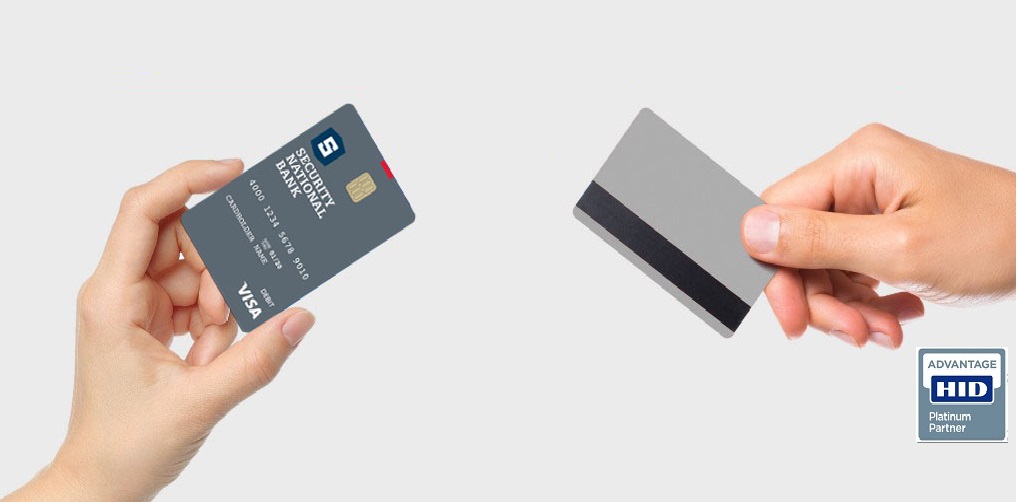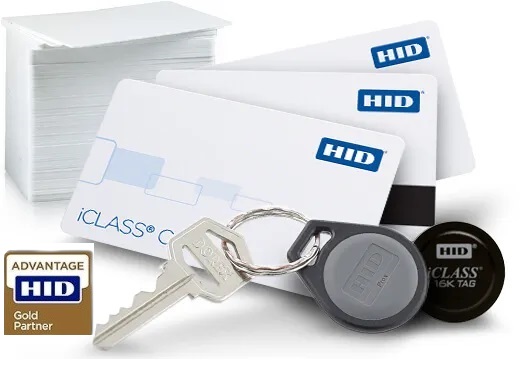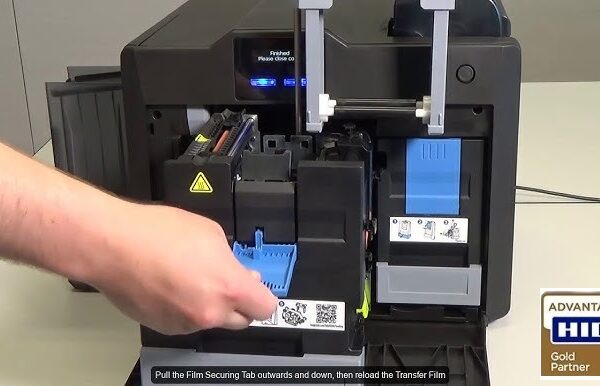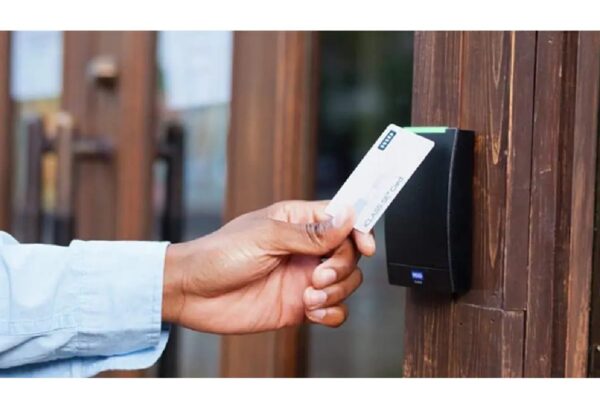A magnetic stripe card and a chip card are both types of payment cards, but they differ in the technology they use to store and transmit data:
- Magnetic Stripe Card
A magnetic stripe card has a magnetic stripe on the back, which contains the cardholder’s information.
Data on the stripe is encoded magnetically that read by swiping the card through a magnetic stripe reader.
Magnetic stripe cards are relatively easy to clone or counterfeit, as the data is static and can be copied.
They are being phased out in many places due to security concerns like chip cards. - Chip Card (EMV Card)
A chip card, also known as an EMV (Mastercard, and Visa) card, contains an embedded microprocessor chip.
The chip generates a unique code for each transaction than the static data stored on a magnetic stripe.
Chip cards are inserted into a card reader, chip communicates with the reader to authenticate the transaction.
Chip cards provide better protection against fraud because they are more difficult to clone or counterfeit. They also support advanced authentication methods like PIN verification (Chip and PIN) or signature verification (Chip and Signature).
Mostly commonly, both magnetic stripe cards and chip cards are used for making payments. The difference between magnetic stripe and chip card that chip cards offer significantly enhanced security features compared to magnetic stripe cards.



